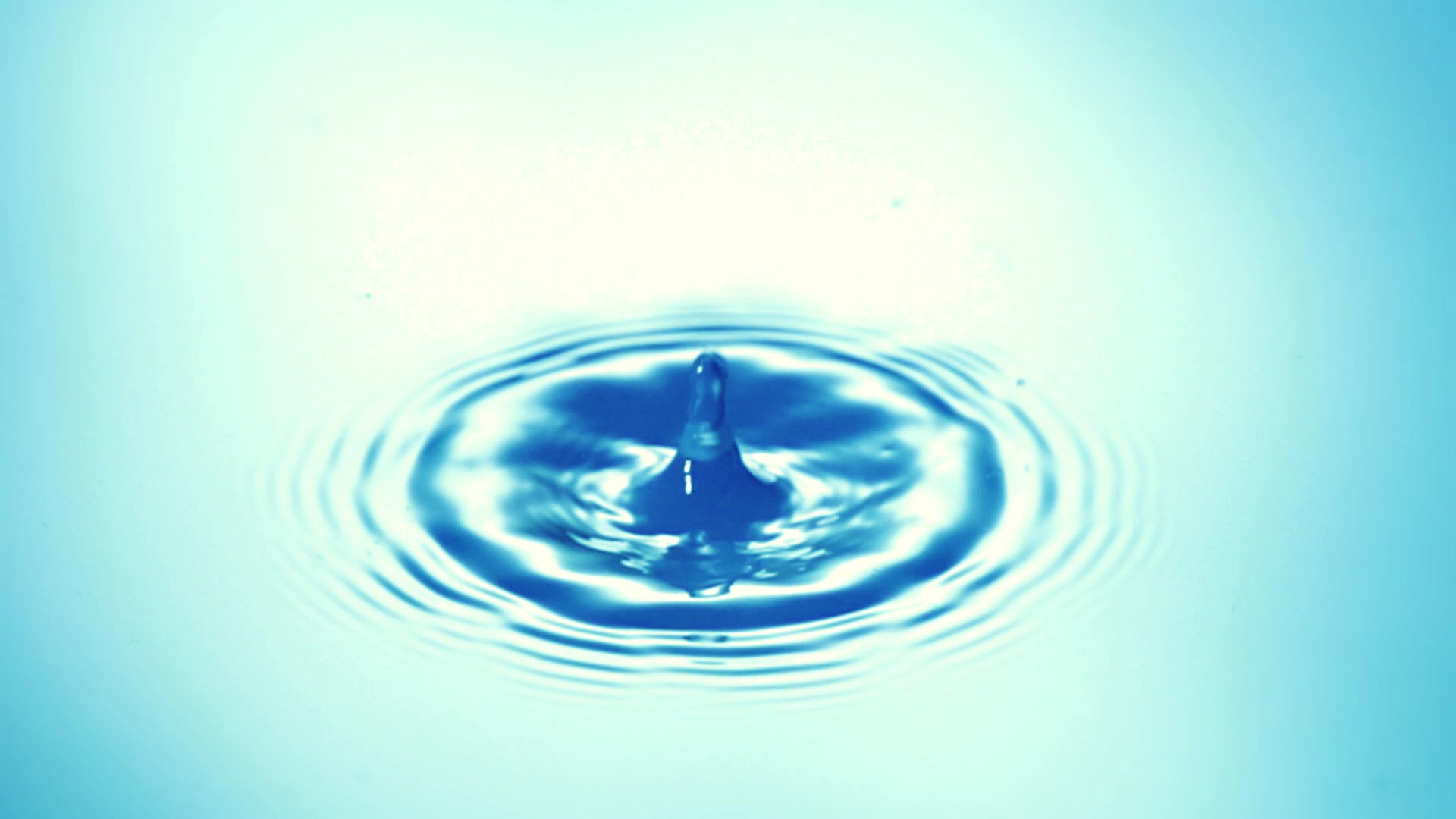
Patterns and Algebra
Discovering Pi

I believe it is far better for students to find things on their own than be told outright. Here is how I would recommend the concept of pi be taught:
Give students a bunch of circular objects; cans, plates, analogue clocks, coins, etc.. Let them come up with some of their own if they can. Ask them to imagine it is ancient times, before mathematical constants were known, and that it is their job to figure out how to predict the distance around a circle based on its length across. Give them string with which to measure. Help them figure out to use the string to compare the diameter of each circle to its circumference. After doing the same thing with multiple circles, measuring the circumference and finding how many diameters fit in it, or measuring the diameter and finding how many times it goes into the circumference, they will realize the constant amount is three and a little bit. Congratulate them on discovering pi and then go into the lecture portion of the lesson. Having discovered it themselves, students will remember and comprehend far better than just being told about it.
Details Here
Surface Area of a Cylinder

Finding the surface area of a cylinder is something I often cite as something where people spend too much time memorizing the formula instead of understanding how it actually works. People get confused trying to remember how to do it because they are trying to remember a formula they were instructed to memorize. Instead, I remember how to do it because I understand why the formula works so I don't need to memorize it. I think some students need more of an explanation for why a formula works instead of memorizing it. Unfortunately, a lot of teachers have no idea why the formula works either.
We need to teach students to think about it logically, what do I need to know to find out the surface area of the cylinder? I need to find the area of each component. Each circle and then the curved part, and then add it together. To find the area of the circles, we simply need to plug in our formula for finding the area of a circle. Find the radius, square it, and multiply by Pi. Multiply that by two because we have two circles.
Now for the curved part, think of it as a rectangle. Imagine the curved part being unrolled and laid out. We need the lengths of two adjacent sides to multiply together. For one side of the rectangle, we need the height of the cylinder. Then we need to multiply it by the circumference of the circle, as it is the other side of the rectangle. So we plug in our formula for circumference, Pi times the diameter (which is double the radius). Add the area of the rectangle to the combined area of the two circles and we have our surface area of the cylinder.
If we teach students this process, they will not need to rely on memorizing a formula and it will free them up to focus on other things. They will also understand how to solve problems and figure out what information they need to find the answer to a problem.